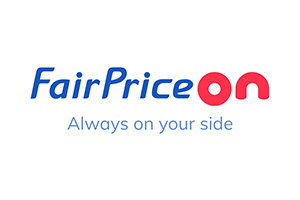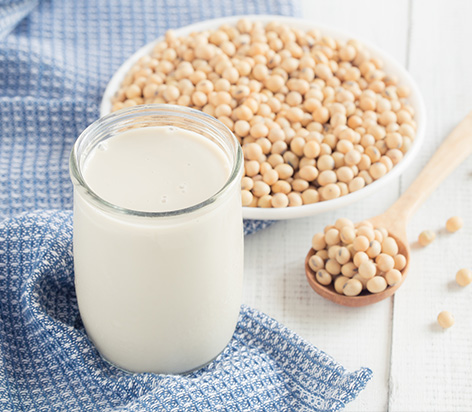
Tips to heart-smart eating
Protein variety
Common dietary sources of protein include red meat and dairy products like cheese, but these foods contain high levels of potentially heart-damaging saturated fats.
Animal products also contain high levels of cholesterol. As a viable alternative to animal protein, one need look no further than plant sources.
Grains and legumes, particularly soybeans and its products, have been lauded as good sources of protein.
Soybeans are generally considered to contain significant amounts of all the essential amino acids required by the human body.
Soy protein has also been found in studies to reduce blood concentrations of total and low-density lipoprotein (LDL) cholesterol, as well as triglycerides. Soybean consumption has also been linked to a reduced risk of several illnesses, such as osteoporosis and colon cancer.
If you find it difficult to consume soybeans in its natural form, there are many soy products available to choose from, such as soybean milk, tofu, and the Japanese soybean paste miso.
Face the fats
There are many kinds of fats, but broadly speaking, they can be either good or bad for the heart.
The first category includes monounsaturated and polyunsaturated fats, which are supposed to lower heart disease risk by reducing the total and LDL blood cholesterol levels.
Rich sources of monounsaturated fats include olive, peanut and canola oils as well as avocadoes and most nuts, while vegetables oils such as sunflower, soy and corn are rich in polyunsaturated fats.
In particular, one type of polyunsaturated fat – omega-3 fatty acids – has been highly recommended for its health benefits.
Studies have shown that this category of fats can decrease the growth rate of plaque that can build up on blood vessels, reduce the risk of arrhythmia (disorders of the heart’s regular beating rhythm), and even lower blood pressure.
Oily fish such as Atlantic salmon, mackerel, sardine and herring, as well as flaxseeds and walnuts are good sources of omega-3 fatty acids.
Where possible, consume less saturated fats (found commonly in butter, dairy products, meat and lard, among other things) and trans-fatty acids (hydrogenated plant oils commonly found in margarine and fried and baked goods).
Up the fibre
There are two types of fibre: non-soluble and soluble.
The former primarily helps to make stools heavier and relieve constipation by speeding the speed at which stools are removed from the body.
The latter breaks down when digested to form a gel that absorbs cholesterol, thus reducing the amount of cholesterol in the bloodstream. By this mechanism, soluble fibre has been thought to decrease heart disease risks.
In fact, studies have shown that men who ate more than 25g of total fibre a day had significantly lower heart disease risk than men who consumed less than 15g a day.
Soluble fibre is commonly found in legumes (soybeans, kidney beans, lentils), fruits, oats, brown rice, broccoli and potatoes.
Don’t pass the salt
Salt flavours our food and is one of the most popular food additives today. However, the next time you pick up the salt shaker for a few sprinkles over your French fries, think again.
Excessive salt intake – more than the recommended 2000mg a day in Singapore – can drive up blood pressure and lead to stroke, heart failure or heart attack.
Look out especially for pre-packaged foods like canned soups, smoked meats and fish, salted crackers and snacks, or even flavoured cereals.
Read the nutrition labels to learn how much sodium the package contains, then make your choices carefully.










